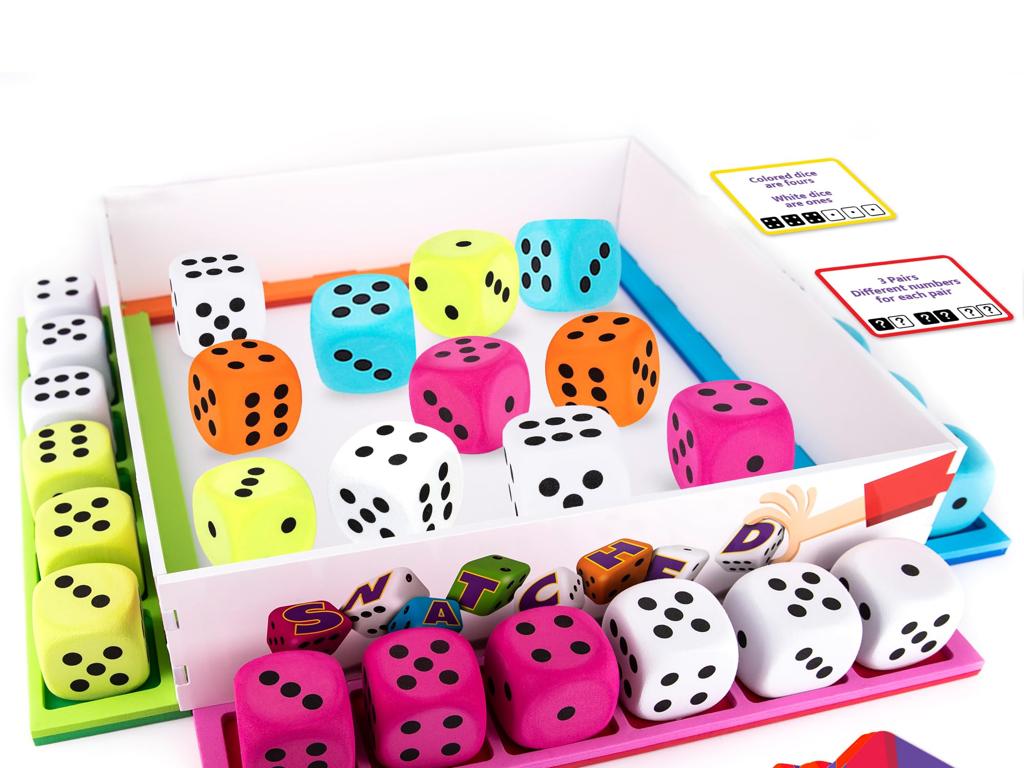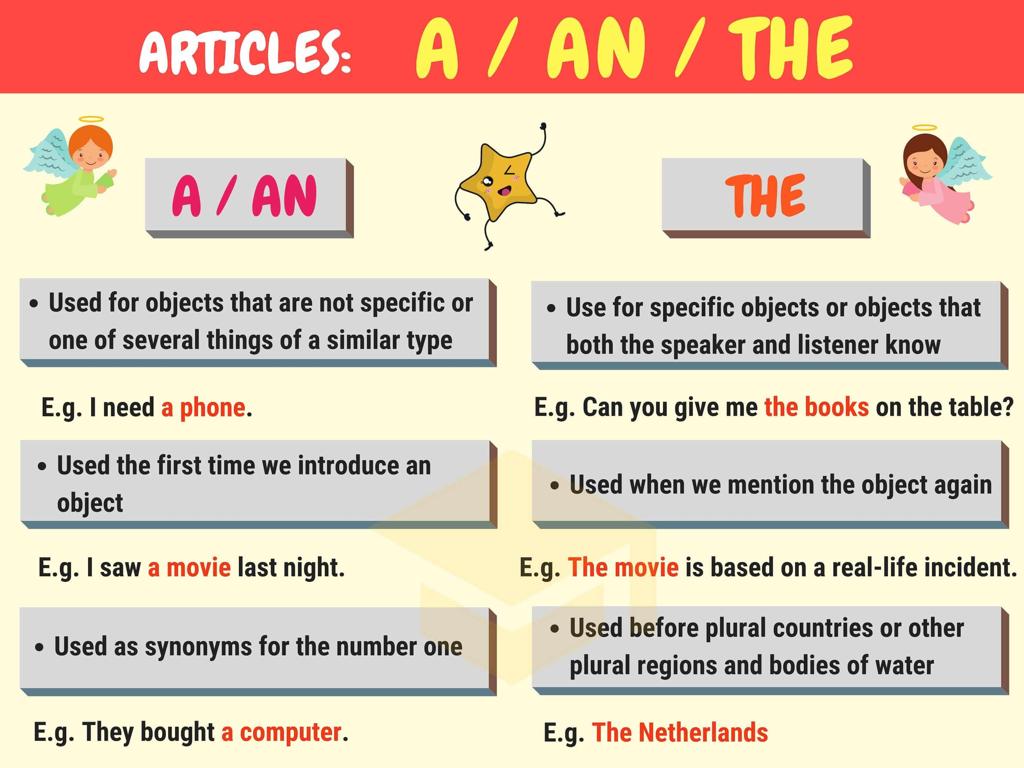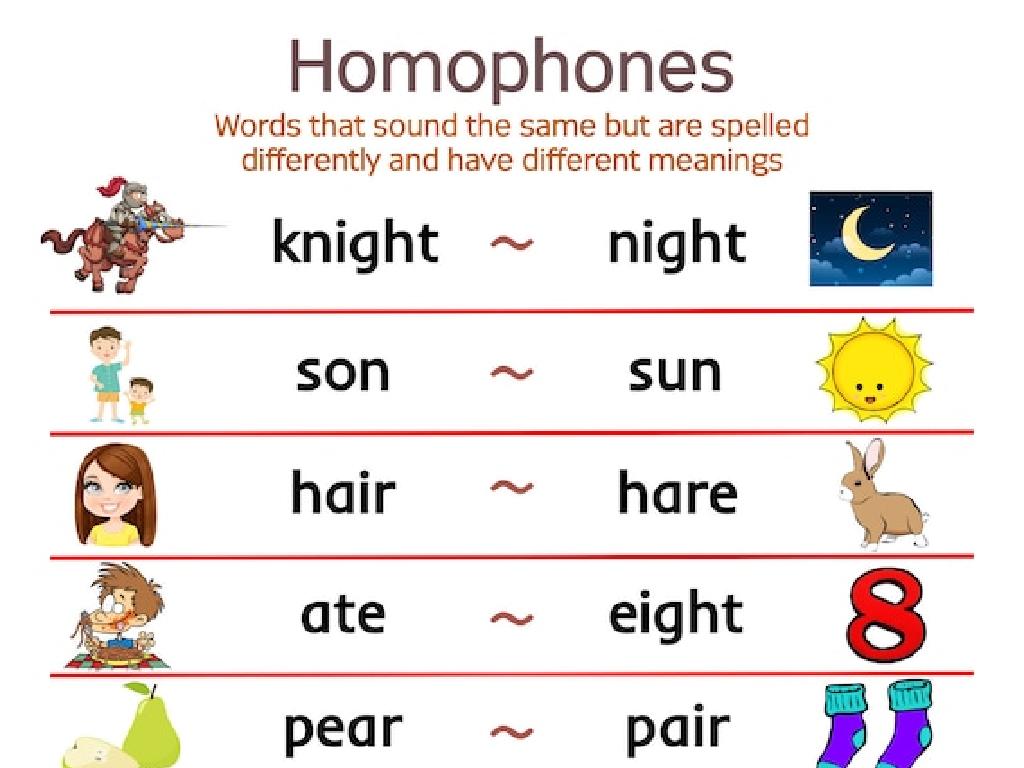Coordinate Plane Review
Subject: Math
Grade: Eighth grade
Topic: Coordinate Plane
Please LOG IN to download the presentation. Access is available to registered users only.
View More Content
Welcome to Coordinate Planes!
– Basics of the coordinate plane
– A 2D plane with a horizontal X-axis and vertical Y-axis
– Significance in math and life
– Used for mapping, navigation, and visualizing equations
– Review of graphing concepts
– Recall plotting (x, y) points and interpreting graphs
– Activity: Plotting points
|
This slide introduces the coordinate plane, a fundamental concept in mathematics that students will encounter frequently. Begin by explaining the structure of the coordinate plane, including the X and Y axes, and the quadrants. Emphasize its importance in various real-life applications such as GPS navigation, architecture, and even video game design. Review previous knowledge by asking students to recall how to plot points using ordered pairs and how to interpret simple graphs. Conclude with an interactive activity where students plot given points on a coordinate plane to reinforce their understanding. This activity will also serve as a diagnostic to gauge their comfort level with the material.
Exploring the Coordinate Plane
– Define the coordinate plane
– A two-dimensional plane for graphing points, lines, and curves
– Understand the x-axis and y-axis
– Horizontal (x-axis) and vertical (y-axis) lines that intersect at the origin
– Identify the four quadrants
– Quadrants I, II, III, IV, defined by the positive and negative values on axes
– Plotting points and navigating
– Practice by plotting (3, -2) and (-1, 4), and discuss their positions
|
The coordinate plane is a fundamental concept in mathematics that allows us to visually represent algebraic equations and geometric figures. Begin by defining the coordinate plane and its components: the horizontal x-axis and the vertical y-axis, which intersect at the origin (0,0). Explain how the axes divide the plane into four quadrants, each with unique sign combinations for coordinates. Emphasize the importance of understanding the quadrants for graphing points. Provide examples of plotting points in different quadrants and navigating the plane. Encourage students to practice plotting points to gain familiarity with the coordinate system.
Plotting Points on the Coordinate Plane
– How to plot points
– Practice: Plot (3, 4)
– Place a dot at 3 units right, 4 units up
– Practice: Plot (-2, -5)
– Place a dot at 2 units left, 5 units down
– Coordinate plane quadrants
– Understand the 4 quadrants of the plane
|
This slide is focused on teaching students how to plot points on a coordinate plane. Begin by explaining the process of locating a point by moving horizontally to the correct x-coordinate and then vertically to the y-coordinate. Use the practice examples to demonstrate this process. For (3, 4), show moving 3 units to the right of the origin and then 4 units up. For (-2, -5), show moving 2 units to the left and 5 units down. Emphasize that the sign of the coordinates determines the direction to move from the origin. Also, introduce the concept of quadrants and how the sign of the coordinates indicates the quadrant in which the point will lie. Encourage students to practice plotting points in all four quadrants to solidify their understanding.
Understanding Coordinates on the Plane
– Reading coordinates correctly
– Coordinates are in the form (x, y), where x is horizontal and y is vertical.
– Meaning of negative and positive values
– Positive values indicate right/up, while negative indicate left/down.
– Determining a point’s quadrant
– Quadrants are numbered I to IV, starting top-right and going anti-clockwise.
– Practice with example coordinates
– Let’s locate (3, -2), (-5, 4), and (0, 0) on the plane.
|
This slide aims to solidify the students’ understanding of the coordinate plane. Start by explaining how to read coordinates, emphasizing the order of the x (horizontal) and y (vertical) values. Clarify the meaning of negative and positive values in this context, with positive x-values indicating a position to the right of the origin and positive y-values indicating a position above the origin. Teach students how to determine the quadrant of a given point by looking at the signs of the coordinates. Provide practice examples and ask students to plot points on the plane, ensuring they understand how to identify the correct quadrant. Encourage students to explain their reasoning for each point’s location to reinforce their understanding.
Reflection over Axes in the Coordinate Plane
– Understanding reflection
– Reflection is flipping a point over a line, like a mirror image
– Reflecting over the x-axis
– To reflect over x-axis, invert the y-coordinate of the point
– Reflecting over the y-axis
– To reflect over y-axis, invert the x-coordinate of the point
– Example: Point reflection
– (3, -2) reflected over x-axis becomes (3, 2)
|
This slide introduces the concept of reflection in the coordinate plane, an important aspect of understanding transformations in geometry. Reflection involves flipping a point across a line, such as the x-axis or y-axis, creating a mirror image. When reflecting a point over the x-axis, the y-coordinate changes sign, while reflecting over the y-axis changes the sign of the x-coordinate. The provided example helps students visualize this transformation by showing how the point (3, -2) is reflected over the x-axis to become (3, 2). Encourage students to practice by reflecting additional points and to consider how reflection affects the coordinates of a point.
Calculating Distance Between Points
– Calculate distance between points
– Use the distance formula derived from the Pythagorean theorem
– Use Pythagorean theorem
– a^2 + b^2 = c^2, where c is the distance between two points
– Example: Points (1, 2) & (4, 6)
– Distance between (1, 2) and (4, 6) is [(4-1)^2 + (6-2)^2]
|
This slide introduces students to the concept of finding the distance between two points on a coordinate plane using the distance formula, which is an application of the Pythagorean theorem. The formula is [(x2-x1)^2 + (y2-y1)^2], where (x1, y1) and (x2, y2) are the coordinates of the two points. Provide an example with coordinates (1, 2) and (4, 6) to illustrate the process. Calculate the differences in the x and y coordinates, square them, add them together, and then take the square root to find the distance. Encourage students to practice with additional examples and to understand how this formula is a direct application of the Pythagorean theorem in a coordinate plane context.
Coordinate Plane Challenge: Unveil the Mystery
– Pair up for the worksheet activity
– Plot the given points accurately
– Connect points to reveal an image
– Reflect the image over an axis
– Reflect over x-axis or y-axis to understand symmetry
|
This class activity is designed to reinforce students’ understanding of the coordinate plane by plotting points and connecting them to form a mystery image. Students will work in pairs to encourage collaboration. After plotting the points, they will connect them in sequence to reveal the image. The reflection task will help them grasp the concept of symmetry in the coordinate plane. For the teacher: Prepare worksheets with a list of coordinates that, when plotted and connected, form a simple image. Have at least 4-5 different images to cater to different pairs. Ensure students understand how to reflect points across an axis. Walk around the classroom to assist and check for understanding. This activity will help students practice plotting points, connecting them, and performing reflections, which are key skills in understanding the coordinate plane.
Wrapping Up: Coordinate Plane Mastery
– Recap coordinate plane concepts
– Why master coordinate planes?
– Essential for algebra, geometry, and calculus
– Homework: Worksheet on plotting points
– Practice plotting points on all four quadrants
– Reflecting points exercise
– Learn to reflect points across axes
|
As we conclude today’s lesson, it’s crucial to review the key concepts of the coordinate plane, including the x-axis, y-axis, quadrants, and how to plot points. Understanding the coordinate plane is foundational for success in higher-level math topics such as algebra, geometry, and calculus. For homework, students are assigned a worksheet that provides practice on plotting points in all four quadrants, which reinforces their understanding of the coordinate system. Additionally, they will complete an exercise on reflecting points across the axes to build their skills in transformations. This will prepare them for more complex graphing tasks in the future. Encourage students to attempt the worksheet independently but remind them to reach out if they encounter difficulties.





